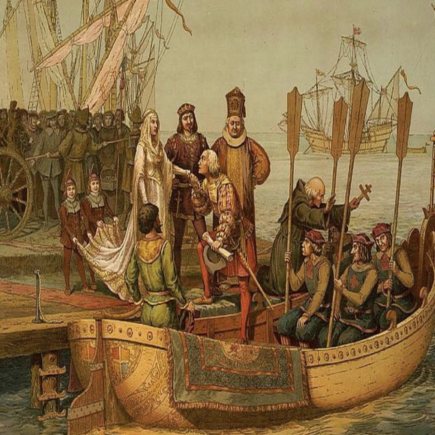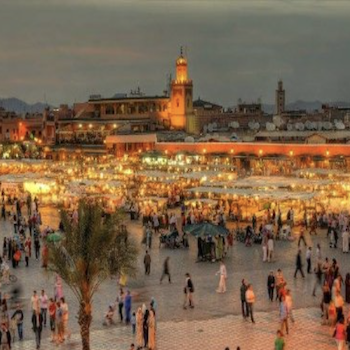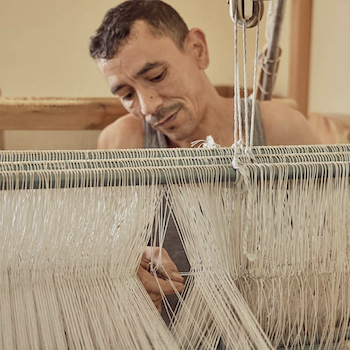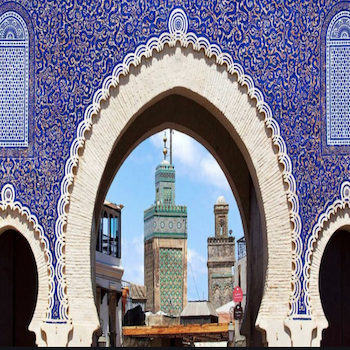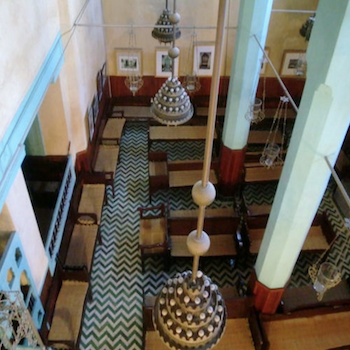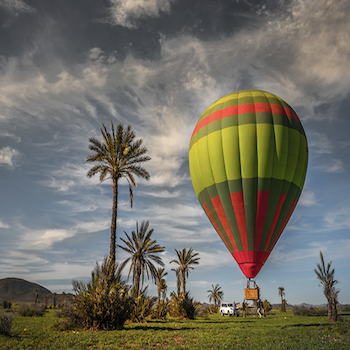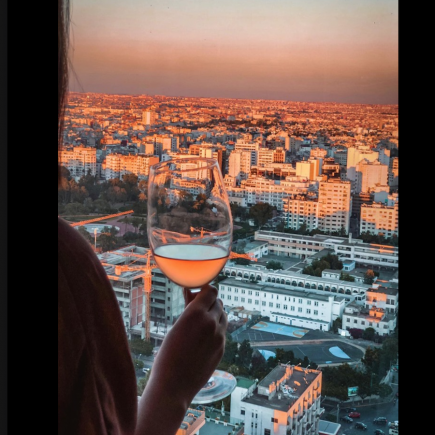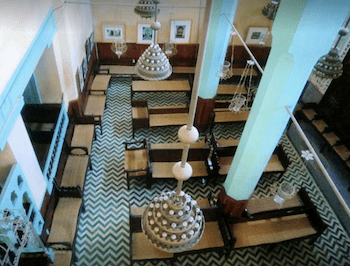Morocco Vacations & Tours
Tangier, a city located at the northern tip of Morocco, is a captivating fusion of North African, Spanish, Portuguese, and French influences, making it a true crossroads of cultures with a rich Jewish heritage. Tangier sits at the western entrance to the Strait of Gibraltar where the Mediterranean meets the…
Morocco Travel Blog: 1000 Things to Know Before You Go! Morocco Travel Blog is an online lifestyle and leisure blog highlighting Moroccan news, Moroccan Arts & Culture, Moroccan Food and Drink along with Morocco Travel and Tours for our readers. Created by Alecia Cohen, owner of Travel Exploration Morocco and a Moroccan Travel Expert, this…
Morocco is a family friendly country that offers a wide range of activities and popular tours that make it easy for family travel. Its mountain ranges in both the High and Middle Atlas are prefect for trekking by foot, exploring by donkey or settling down by a stream for a…
Morocco stepped up during the COVID19 pandemic making it a success story and a top destination for travelers seeking a long-needed escape. The country offers fascinating Imperial cities with historic architecture, magnificent gardens, glorious houses of worship, scenic valleys and gorges along with a vast coastline that stretches across both…
Morocco is famous for its artisan handicrafts and as you wander the streets of any Moroccan medina (old city), you will see stunning examples of local leatherwork, carpets, tasseled baskets, and blankets, soft furnishings, babouche slippers, carved wood and much, much more. Moroccan style, textiles, and handicrafts have influenced major…
Fez el Bali was listed as a UNESCO World Heritage site in 1981. Built during the Idrisid dynasty (789 – 808 AD), the ancient walled city of Fez is one of the oldest in the world. Fez was designed on a slope using historic traditions of Islamic architecture to prevent rainwater…
Morocco is steeped in Jewish Heritage and Culture. The country has a remarkable history of Jewish life that sets it apart from other Muslim nations. If you are Jewish and interested in touring Morocco you are guaranteed to discover ancient traditions and old-world customs that have permeated Moroccan Jewish society…
A Morocco Family Tour should rank high on your bucket list. Morocco is a family-friendly country that offers a wide range of activities and popular tours that makes for easy family travel with those who have children of varied ages. Morocco’s sandy beaches and blue, jeweled coast stretch for miles…
Long before Michale Curtiz’s iconic 1942 film, Casablanca became a box office smash, Casablanca, the city served as an important business and commercial center. The Portuguese used the ruins of Anfa to build a military fortress in 1515. The town that grew up around it was called Casa Branca, meaning…
Morocco is steeped in Jewish Heritage and Culture. The country has a remarkable history of Jewish life that sets it apart from other Muslim nations. If you are Jewish and interested in touring Morocco you are guaranteed to discover ancient traditions and old-world customs that have permeated Moroccan Jewish society…

